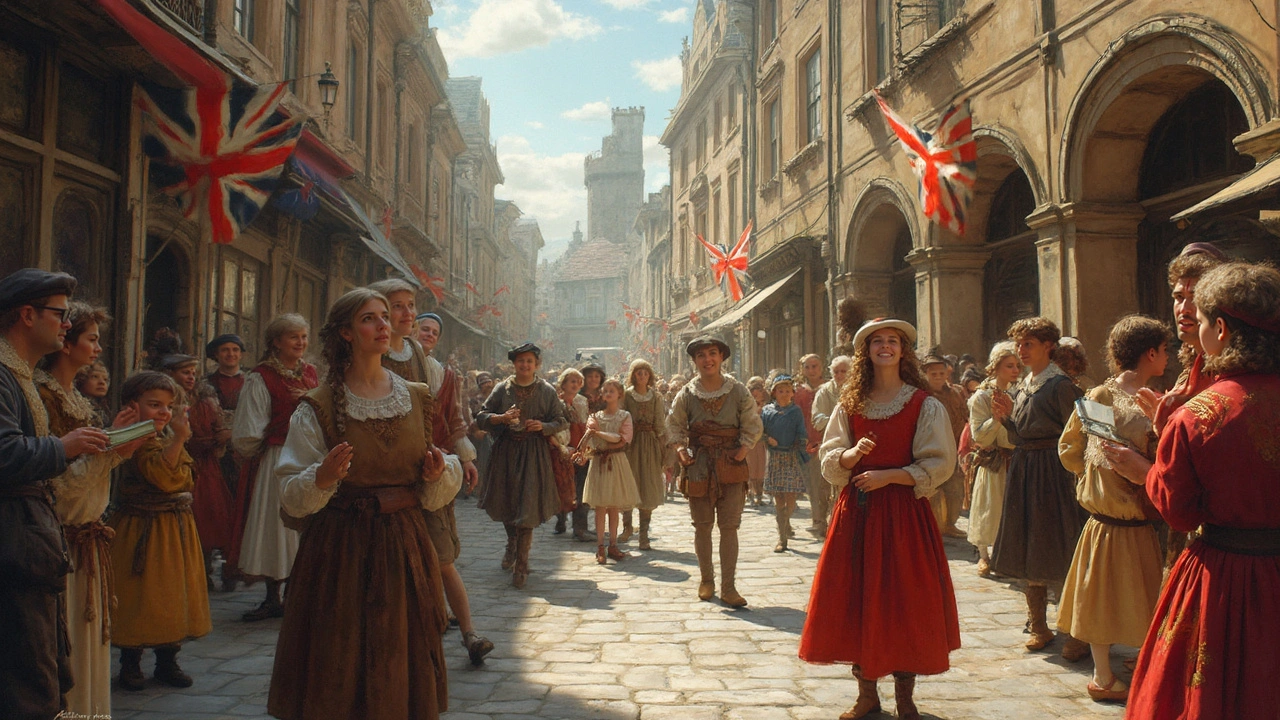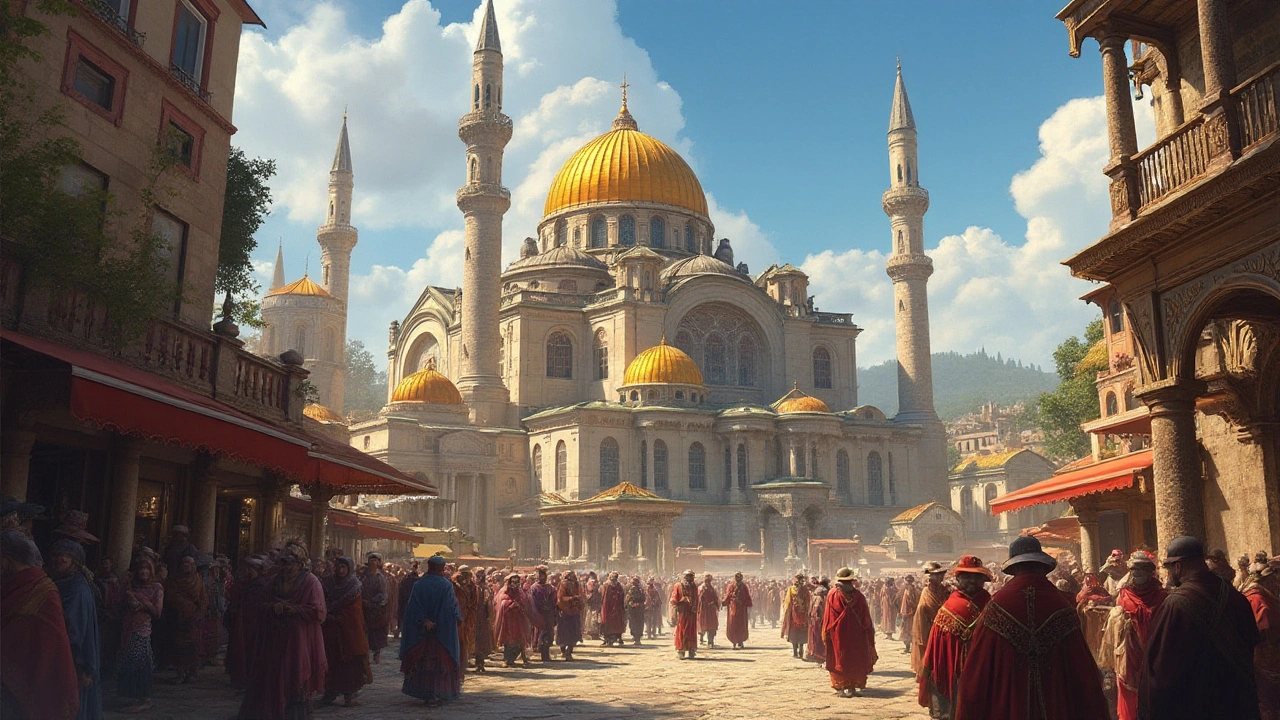Art: Explore Architecture Styles, History & Practical Tips
Welcome to our art tag hub—your quick route to articles about architecture, design, and the ideas behind them. If you like Roman arches, Gothic spires, or modern minimalism, this page gathers clear guides and practical tips so you can learn fast and use what you read.
Read our featured pieces for solid starting points: "Ancient Roman Architecture" walks through engineering and famous buildings; "Gothic Revival Architecture" shows how to spot pointed arches and stained glass; "Byzantine Architecture" explains domes and mosaics; "Greek Revival" and "Renaissance" explain classical shapes and symmetry. We also cover home-focused ideas like "American Craftsman" and "Dutch Colonial Revival" if you plan a renovation or want styling cues.
How to use these articles
Pick one style that grabs you and read its overview first. Look for sections on features, history, and real examples—those help you recognize the style on the street. If you want hands-on advice, search for posts with "tips", "how to", or "preserving" in the title; they give checklists and simple steps you can follow at home or when visiting a building.
Traveling? Use the short ID tips below to spot key features in a few minutes. Renovating? Start with the posts about Craftsman, Colonial, or Greek Revival to find practical design ideas that fit modern homes without faking history. Interested in conservation? Read "Preserving Beaux-Arts Architecture" for good baseline ideas about maintenance and materials.
Quick style ID tips
Roman: look for arches, vaults, heavy stone, and aqueduct-like forms. Gothic and Gothic Revival: tall vertical lines, pointed arches, ornate windows, and sometimes gargoyles. Byzantine: large central domes, extensive mosaics, and a mix of classical and eastern details. Baroque and Rococo: dramatic curves, rich decoration, and bold interior details—Rococo is lighter and more playful. Modern styles like Minimalism and Postmodernism focus on simplicity or playful forms—minimalism uses clean lines and few materials; postmodernism mixes color and irony.
If you want project-ready ideas, try pairing a style guide with a photo board. Collect six images: three exterior shots and three interior details. Compare those photos to our posts to pick elements you can reuse. For example, a Craftsman porch and a Greek Revival column can both influence doorways and entry layouts without copying an entire house.
Use the search box on the site to filter tags like "architecture", "history", or "home design" to narrow results. Bookmark posts you like and use their keyword lists for deeper research. If you have a specific building or era in mind, check the post list here—many cover regional examples and practical restoration tips you can use in real projects.
Want a quick starting pick? Try 'Ancient Roman Architecture' for engineering basics, 'Art Nouveau' for decoration ideas, or 'Minimalism Tips for Beginners' if you want simpler interiors. Save one post per style to build a personal playbook. When you notice a detail you like, snap a photo and tag the style—these small steps turn random inspiration into a clear plan.
Start building your collection.

Renaissance Unpacked: A Real Look Back in Time
Take a down-to-earth stroll through the Renaissance, exploring what really went on behind the famous art, science, and wild ideas of the time. Find out how teenagers inspired artists, why street games mattered, and how some ideas shaped the modern world. Get surprising facts, straight talk, and a fresh way to see an old era. Even if you’ve never admired a painting, you’ll walk away with tips to actually use today.
Read more
Exploring Byzantine Architecture: Fusion of Art and Sacred Space
Byzantine architecture is a unique blend of art and spirituality that emerged from the Roman Empire, primarily during its Eastern period. Known for its majestic domes and intricate mosaics, this architectural style reflects the intersection of divine inspiration and aesthetic expression. It incorporated innovative engineering techniques, contributing to its lasting legacy in religious and cultural edifices. The influence of Byzantine design can be seen in modern architecture, where its principles continue to inspire architects today.
Read more